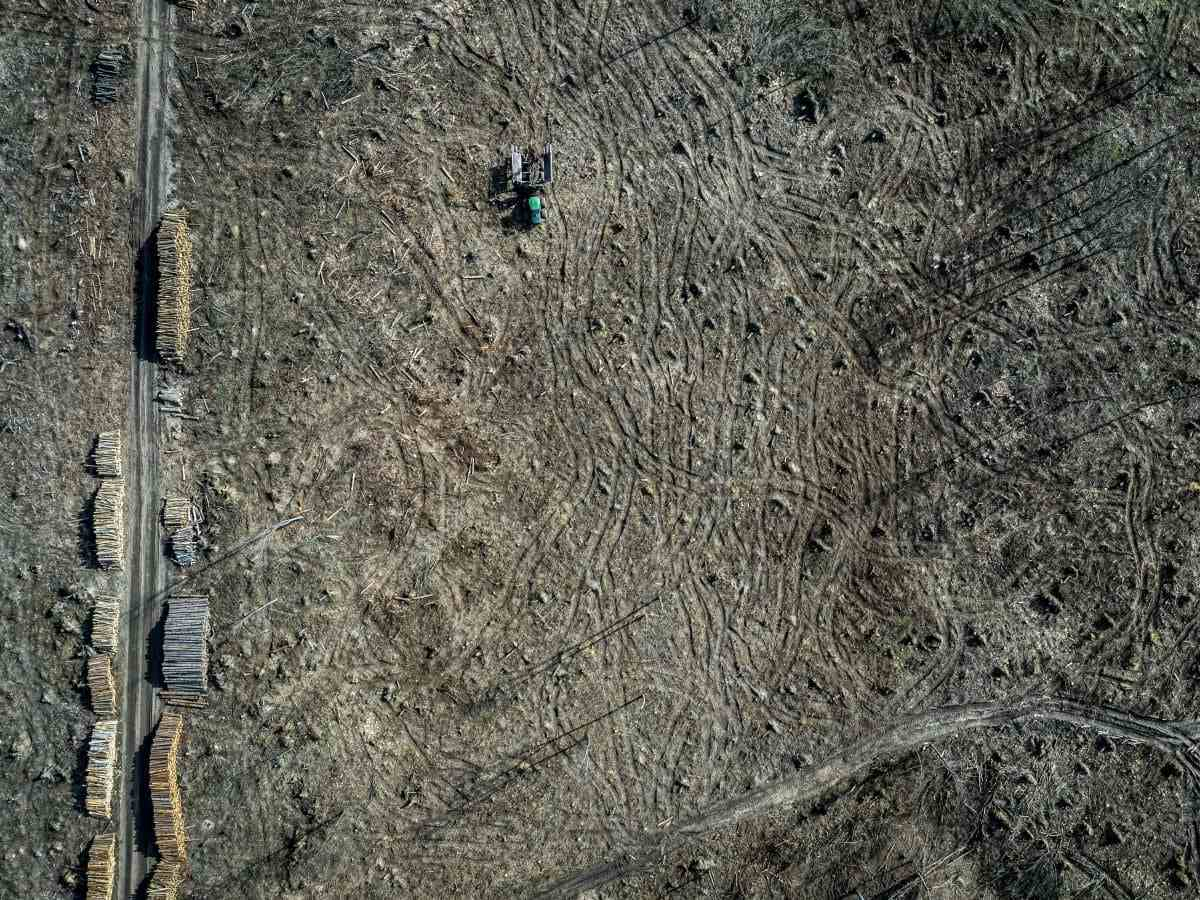Biodiversity loss in Latin America, the burden of international trade – Renewable Matter

Biodiversity loss in Latin America, the burden of international trade
The benefits that the ecosystems of South American provide to society vanishing at an accelerated rate due to deforestation for commercial agriculture and cattle ranching
04 FEB 2025 10:30

Introduction
The benefits that the ecosystems of South America provide to society are vanishing at an accelerated rate due to deforestation for commercial agriculture and cattle ranching. This article explores the impact of international trade on biodiversity loss in Latin America.
Sustainable Development Goals (SDGs)
Goal 15: Life on Land
The loss of biodiversity in Latin America directly affects Goal 15 of the Sustainable Development Goals (SDGs), which aims to protect, restore, and promote sustainable use of terrestrial ecosystems. Deforestation for commercial agriculture and cattle ranching threatens the existence of various plant and animal species, disrupting the delicate balance of ecosystems.
Causes of Biodiversity Loss
Deforestation for Commercial Agriculture
One of the main causes of biodiversity loss in Latin America is deforestation for commercial agriculture. Large areas of forests are cleared to make way for crops such as soybeans, palm oil, and coffee. This destruction of natural habitats leads to the displacement and extinction of numerous species.
Cattle Ranching
Cattle ranching is another significant contributor to biodiversity loss in the region. Forests are cleared to create pastureland for livestock, resulting in the destruction of habitats and the loss of biodiversity. Additionally, the expansion of cattle ranching contributes to greenhouse gas emissions and climate change.
Impact on Local Communities
The loss of biodiversity in Latin America has severe consequences for local communities. Indigenous peoples and traditional communities rely on the ecosystems for their livelihoods, including food, medicine, and cultural practices. The destruction of these ecosystems disrupts their way of life and threatens their cultural heritage.
International Trade and Biodiversity Loss
The international trade of agricultural commodities from Latin America plays a significant role in driving deforestation and biodiversity loss. Demand for products such as soybeans, palm oil, and beef fuels the expansion of commercial agriculture and cattle ranching, leading to the destruction of natural habitats.
Supply Chains and Accountability
It is essential for companies and governments to take responsibility for the environmental impact of their supply chains. Implementing sustainable practices and ensuring traceability can help reduce deforestation and biodiversity loss. International agreements and regulations can also play a crucial role in promoting sustainable trade.
Conclusion
Biodiversity loss in Latin America due to deforestation for commercial agriculture and cattle ranching is a pressing issue that needs to be addressed. The Sustainable Development Goals (SDGs), particularly Goal 15, provide a framework for promoting sustainable land use and protecting ecosystems. By prioritizing sustainable practices and holding stakeholders accountable, we can work towards preserving the rich biodiversity of Latin America for future generations.
SDGs, Targets, and Indicators
| SDGs | Targets | Indicators |
|---|---|---|
| SDG 15: Life on Land | Target 15.1: By 2020, ensure the conservation, restoration, and sustainable use of terrestrial and inland freshwater ecosystems and their services, in particular forests, wetlands, mountains, and drylands, in line with obligations under international agreements. | Indicator not mentioned in the article. |
| SDG 12: Responsible Consumption and Production | Target 12.4: By 2020, achieve the environmentally sound management of chemicals and all wastes throughout their life cycle, in accordance with agreed international frameworks, and significantly reduce their release to air, water, and soil in order to minimize their adverse impacts on human health and the environment. | Indicator not mentioned in the article. |
| SDG 2: Zero Hunger | Target 2.3: By 2030, double the agricultural productivity and incomes of small-scale food producers, in particular women, indigenous peoples, family farmers, pastoralists, and fishers, including through secure and equal access to land, other productive resources and inputs, knowledge, financial services, markets, and opportunities for value addition and non-farm employment. | Indicator not mentioned in the article. |
Source: renewablematter.eu








